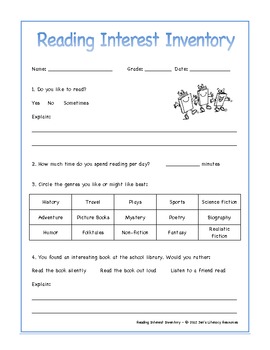
Insights gained from inventory evaluations are necessary for success as they help companies make smarter and more cost-efficient business decisions.Īn organization’s inventory, which is often described as the step between manufacturing and order fulfillment, is central to all its business operations as it often serves as a primary source of revenue generation.

While there are many ways to count and value your inventory, the importance lies in accurately tracking, analyzing and managing it.While there are many types of inventory, the four major ones are raw materials and components, work in progress, finished goods and maintenance, repair and operating supplies.Inventory, which describes any goods that are ready for purchase, directly affects an organization’s financial health and prosperity.After the stories were written, readability and lexile formulas were run.East, Nordics and Other Regions (opens in new tab) As a result, allowable word-level features do not reflect any one publisher’s or district’s scope and sequence, but rather the reading standards. To determine what is typically taught, several reading series, district curriculum guides and reading standards (Texas Essential Knowledge and Skills, or TEKS, in Texas) were consulted. Outcome – Whether or not the problem is solved.Įxpository texts that conform to informational text structure also were included.Major events – Most important things that happen to solve the problem.Problem – What the main character wants or the problem that has to be solved.Setting – Where and when the story happens.Main character(s) – Who or what the story is mainly about.Narrative stories were written to include the following elements: They were written to conform to specific word-level features based on what’s taught at each grade level. Representing a range of difficulty levels for each grade and written on a variety of topics of interest to students, the stories conform to specific guidelines for children’s literature.

New stories were written and studied for inclusion in the current TPRI. The skills assessed on the inventory for the different grade levels and times of year are illustrated on the following chart: Inventory For Kindergarten and Grade 1 students who score Developed (D) on the screening section, the PA and GK portions of the Inventory Section are optional. All portions of the inventory are administered with students who score Still Developing (SD) on the screening section. This additional information can assist teachers and administrators as they assemble educational resources and plan the most effective instruction possible for students.


The Inventory Section of the TPRI allows teachers to acquire more data to help match reading instruction with specific student needs. The skills assessed on the screening tasks for different grade levels and times of year are illustrated on the following chart: Screening The screening section also allows teachers to quickly gather information on students who are Still Developing (SD) important reading concepts in certain areas and would benefit from additional instruction. Its primary purpose is to predict for teachers which of their students may need additional or intensive reading instruction in order to meet their grade level goals. The screening section of the TPRI is a brief assessment for identification of students who may be at risk for reading difficulties. At all four grade levels, the TPRI consists of both a screening section and an inventory section. The TPRI benchmark assessment is given 3 times per year. This diagnostic instrument is an easy to use one-on-one assessment, which helps teachers provide targeted instruction so that students improve as readers. TPRI is a highly reliable early reading assessment designed to identify the reading development of students in kindergarten through third grade.


 0 kommentar(er)
0 kommentar(er)
